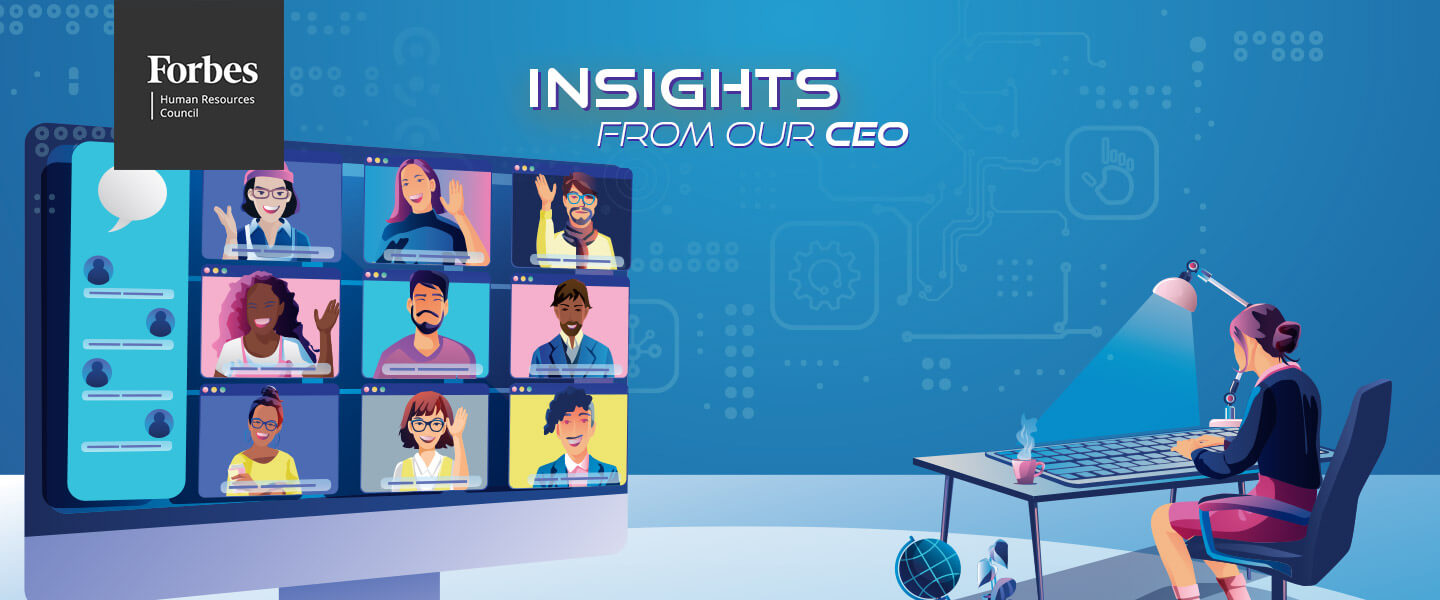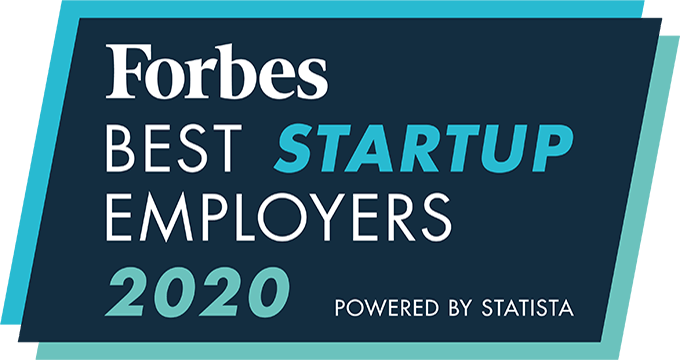This article was originally published on October 8, 2021 in Forbes. Find the original publication here.
The rise of contingent labor is a global phenomenon. In fact, an Oxford Economics survey shows 83% of global executives say they’re increasingly reliant on contingent workers to meet their business objectives. To put that in perspective, a 2015 U.S. Government Accountability report indicated then that 40% of the U.S. workforce was made of contingent workers. Of course, these numbers vary significantly across industries, but the impact of contingent workers on the global economy is undeniable. So, it should go without saying that if our contingent workforce isn’t diverse, we’re going to have a serious problem with diversity, equity and inclusion (DEI) across a wide segment of the economy.
DEI efforts strive to bring gender and ethnic parity to the workforce. The labor laws and EEOC already bring some level of accountability to the full-time workforce. The problem is that accountability is rarely, if ever, applied to the contingent workforce. Traditionally, most corporations reported their spend with minority/disavantaged business enterprise (MBE/DBE) certified firms, for example, and count only that toward their DEI spend. The fallacy in this approach is that it’s not comprehensive enough; contingent suppliers don’t necessarily factor women, minorities, disabled or veteran workers, for example, into the workforce equation. Further, hiring organizations are beginning to take notice of this troublesome trend and are asking talent sources for accurate DEI data verification. This has left many contingent suppliers scrambling to provide diversity information about the candidates they’ve submitted for interviews — or even about those they’ve already placed.
This is where DEI technology — an industry that has been growing in recent years and is currently estimated to be worth $313 million — shines brightest. It can help managed services providers (MSP), corporations and suppliers bring visibility and accountability into the process of creating a more diverse workforce. In fact, it’s the MSPs that act as catalysts for corporations to manage staffing suppliers and address their clients’ contingent workforce needs by helping with supplier selection, performance measurement, rate card management and diversity spend tracking, among other activities. In the past, MSPs managed diversity spend goals through MBE suppliers, whereas now, they must do it at the candidate level.
Unfortunately, labor laws make the gathering of such information quite challenging. Fortunately, advanced AI can solve this problem by identifying candidate and talent pool data by supplier, and then measuring performance based on the achievement of specific DEI goals.
Of course, we must keep in mind that this is not a panacea. MSPs can only meet DEI goals if their clients rely on suppliers who bring diverse candidates to the pool. Only MSPs that use DEI technology are truly capable of steering their clients toward those diverse suppliers.
The challenge for suppliers is similar, as they can only ask candidates to provide DEI information on an optional basis. Suppliers either curate their candidates from external job boards or through their internal network sources, so they generally have no real way of measuring their talent pool’s diversity mix. Without this knowledge, they have no way of improving the diversity mix of their submissions. DEI tech, on the other hand, gives suppliers a means of measuring their candidate pool diversity in the aggregate and at the source, empowering them to build a robust pipeline of diverse candidates that will serve client DEI goals.
Performance can then be measured on a monthly or quarterly basis. This will help to improve candidate submissions, ensuring a sufficient mix of diverse candidates with qualified skills at the source. This concerted technological effort will elevate the status of any supplier hoping to be considered as a great source of diverse candidates — a worthy aspiration indeed. Advanced DEI technology can also be leveraged to build a good report structure for suppliers to showcase DEI metrics and ultimately win more business, so the rewards are financial as well.
The post-pandemic shift toward a more flexible workforce is a welcome development for contingent workers, but it makes the jobs of those doing the hiring more competitive than ever. Corporations that hire directly by internal talent acquisition teams and direct sourcing platforms must rely on advanced technology such as artificial intelligence for a competitive edge to survive in the long run. Otherwise, the inevitable and global challenge of finding talent that is both diverse and qualified will become cost-prohibitive at best and nearly impossible at worst. Fortunately, DEI technology, which offers an economically viable path to diversity, is here to help.
About Sameer Penakalapati
Sameer Penakalapati is the Founder and CEO of CEIPAL. He is dedicated to advising and investing in technology startups in HR Tech and AI. Read Sameer Penakalapati’s full executive profile here.









